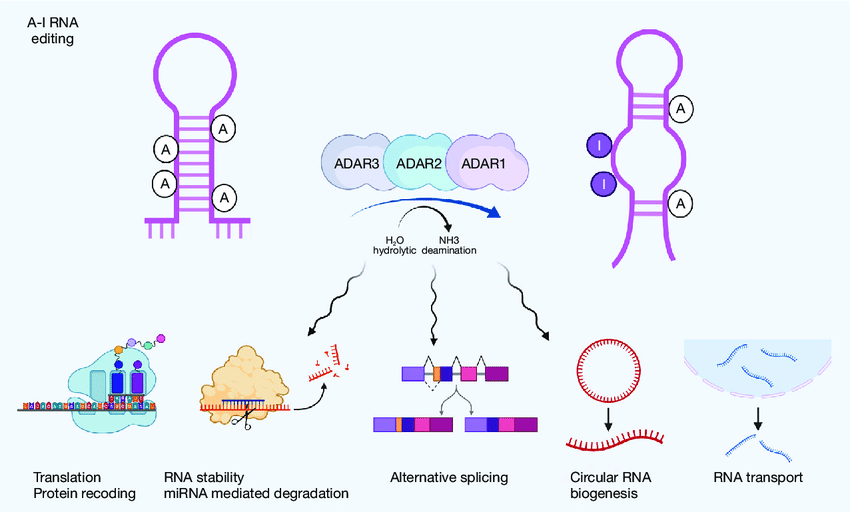- Courses
- GS Full Course 1 Year
- GS Full Course 2 Year
- GS Full Course 3 Year
- GS Full Course Till Selection
- Online Program
- GS Recorded Course
- NCERT (Recorded 500+ Hours)
- Polity Recorded Course
- Geography Recorded Course
- Economy Recorded Course
- AMAC Recorded Course
- Modern India, Post Independence & World History
- Environment Recoded Course
- Governance Recoded Course
- Science & Tech. Recoded Course
- International Relations and Internal Security Recorded Course
- Disaster Management Module Course
- Ethics Recoded Course
- Essay Recoded Course
- Current Affairs Recoded Course
- CSAT
- 5 LAYERED ARJUNA Mentorship
- Public Administration Optional
- ABOUT US
- OUR TOPPERS
- TEST SERIES
- FREE STUDY MATERIAL
- VIDEOS
- CONTACT US
GLOBAL METHANE TRACKER 2024
GLOBAL METHANE TRACKER 2024
27-03-2024
The International Energy Agency’s ‘Global Methane Tracker 2024’ reports that methane emissions from fuel use in 2023 were nearly the highest ever, showing a slight increase from 2022.
Major Highlights
-
Methane Emissions:
- In 2023, methane emissions from fossil fuels were close to 120 million tonnes (Mt).
- Bioenergy (mainly from biomass use) added another 10 Mt of methane emissions which has remained stable since 2019.
-
Rise of Major Methane Emissions Events:
- Major methane emissions events increased by more than 50% in 2023 compared to 2022.
- These events included over 5 million metric tons of methane emissions from significant fossil fuel leaks worldwide.
- One notable incident was a major well blowout in Kazakhstan lasting over 200 days.
-
Top Emitting Countries:
- Almost 70% of methane emissions from fossil fuels originate from the top 10 emitting countries.
- The United States leads in methane emissions from oil and gas operations, closely followed by Russia.
- China tops methane emissions from the coal sector.
-
Importance of Reducing Methane Emissions:
- It's crucial to cut methane emissions from fossil fuels by 75% by 2030 to limit global warming to 1.5 °C.
- Achieving this goal would need about USD 170 billion in spending, less than 5% of the fossil fuel industry's income in 2023.
- Around 40% of fossil fuel emissions in 2023 could have been avoided at no net cost.
About Methane
- Methane is the simplest hydrocarbon, made up of 1 carbon atom and 4 hydrogen atoms (CH4). It's the main part of natural gas, with these characteristics:
- Odourless, colourless, and tasteless.
- Lighter than air.
- Burns with a blue flame when fully burned, producing carbon dioxide (CO2) and water (H2O) when oxygen is present.
-
Contribution to Global Warming:
- Methane is the 2nd most important greenhouse gas (GHG) after carbon dioxide (CO2).
- Its 20-year global warming potential (GWP) is 84, meaning it traps 84 times more heat per mass unit than CO2 over a 20-year period, making it potent.
- Despite being potent, methane doesn't stay in the atmosphere as long as CO2, making it a short-lived GHG.
- It's a big contributor to global warming, causing about 30% of the rise in global temperatures since the preindustrial era.
- Methane also helps form ground-level ozone.
-
Sources of Methane Emissions
-
Natural Sources:
- Wetlands, whether natural or human-made, emit methane due to organic matter decomposition without oxygen.
- In flooded rice fields, the growth of rice plants releases methane because of the lack of oxygen.
- Livestock excreta undergo fermentation, producing methane.
-
Agricultural Activities:
- Growing paddy fields release methane due to anaerobic conditions in flooded rice paddies.
- Livestock excreta produce methane through fermentation.
-
Combustion and Industrial Processes:
- Burning fossil fuels like oil and natural gas releases methane.
- Biomass burning, such as wood and agricultural residues, also contributes to methane emissions.
- Industrial activities, including landfills and wastewater treatment, generate methane during organic waste decomposition.
- Fertilizer factories and other industries release methane during production and transportation.
-
Efforts to Reduce Methane Emissions:
-
India:
- Harit Dhara (HD)
- BS VI Emission Norms
- National Action Plan on Climate Change (NAPCC)
-
Global:
- Methane Alert and Response System (MARS)
- Global Methane Pledge
- Global Methane Initiative (GMI)
- MethaneSAT
About the Global Methane Pledge
- The Global Methane Pledge started at United Nations Framework Convention on Climate Change (UNFCCC) COP26 in November 2021 to cut down methane emissions.
- Led by the US and the EU, it now includes 111 countries responsible for 45% of human-caused methane emissions worldwide.
- The goal is to reduce methane emissions by 30% from 2020 levels by 2030.
-
Why Did India Choose Not to Sign?
- India believes that CO2 is the main driver of climate change, lasting for 100-1000 years.
- The Pledge focuses on reducing methane, which only lasts for about 12 years, shifting the burden from reducing CO2.
- Methane in India mainly comes from agricultural activities, impacting small and medium farmers who rely on them for their livelihoods, unlike industrial agriculture in developed nations.
- Signing could affect India's trade and economy, especially as a major rice producer and exporter.
- India has the world's largest cattle population, but their contribution to global methane is minimal due to their diet.
International Energy Agency (IEA)
|



